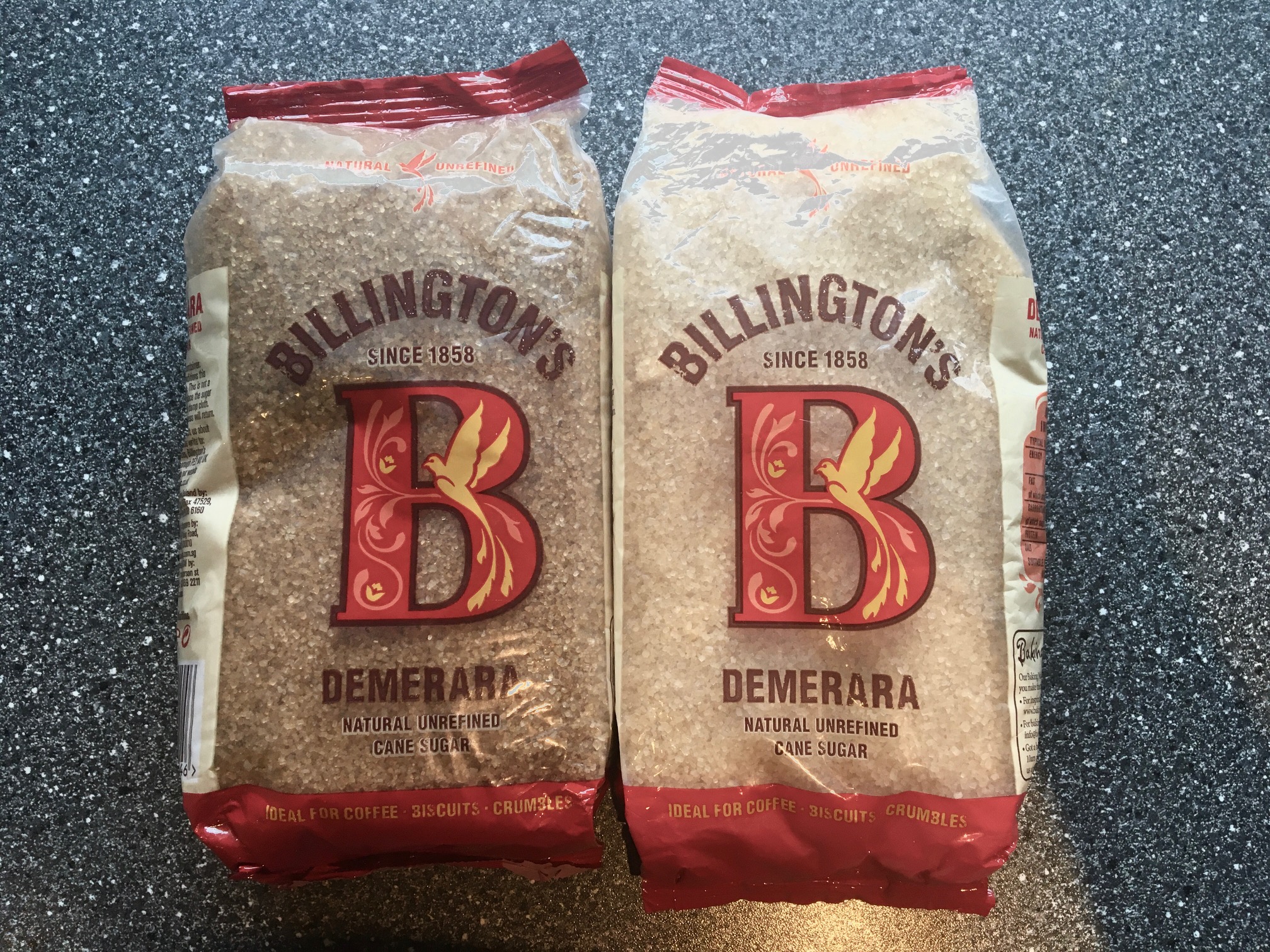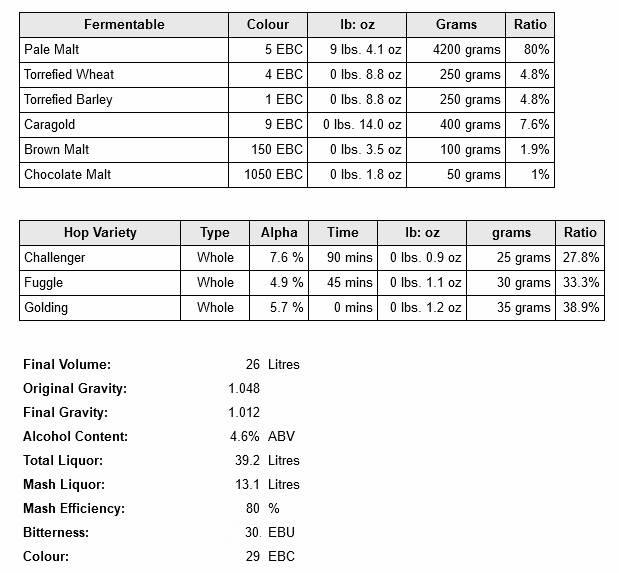Any tips and tricks for the Yorkshire Sq would be appreciated. I got this out of the vault, made maybe half a dozen different tries and flailed around like a headless chicken. Sometimes it would be full saison, other times dull, once infected. I gave up as too much yeast for me. But I've got some in the fridge that can prolly be revived and I'd be willing to give it a shot with some pointers.
Is it as simple as a huge starter, stir it with a spoon twice a day for the first 2-3 days of fermentation? What temperature?
While there are some confines, working with a Yorkshire yeast might not be as restricted as might first be imagined.
Basically such yeast are very heavy top fermenting AND very flocculant. After pitching there is the usual lag when the yeast are not that apparent by observation, but once a krausen begins to form, it will continue to grow and be raised by the CO2 generated. If left untouched it looks in every respect like any other yeast, but it flocculates to thicken and become less permeable, thereby diminishing the quantity of active yeast in the wort. This is seen by parting the yeast to reveal a less active surface and darker wort than will be seen with other yeast strains. Effectively fermentation is continually subsiding, unless the surface yeast is returned to the wort, such that if large sterilized paddle or the like is used for this purpose, the wort can be seen to color up as the yeast returns.
When I ferment 50 litres in a 100 litre vessel, maybe 6 or 8 hours after pitching the yeast would be oozing down the outside if a lid was fitted. For this reason, open fermentation is the way these yeasts are used, and are roused to retain yeast in suspension and active. The more rousing, the more the working yeast and the more heat generated. Therefore there is a relationship between the rate of rousing, temperature and potential temperature control. Rousing also controls the rate of fermentation AND the degree of fermentation.
Basically, without rousing fermentation slows to a crawl, and this can and is used to advantage for racking. As sugars present diminish, fermentation will slow and a point comes when rousing is stopped and the cap is skimmed to leave a thin covering for protection from bacteria and oxygen. Gravity is then measured and if as intended of expected the green beer is allowed to cool (NOT CHILLED) to cellar temperature over a day or so and for a day or three when the beer clears while very slowly fermenting to create and maintain carbonation. The beer is then racked from between the top and bottom layers of yeast to carbonate and condition in a sealed container.
There are significant differences between Burton yeasts and Yorkshire yeasts and the necessary equipment.
Yorkshire yeasts can and have been used to good effect without using a Yorkshire Square, but they do have their advantages.
@tracer bullet , I've had the pleasure of a conducted tour of Sa Smith's Brewery by none other than Sam Smith the third. There beers are distinctive while the brewery is very old fashioned, but nothing remarkable or vastly different to other breweries of the same period. Very little equipment from mash tun to cask is modern, indeed much of it is original with signs of ancient repair. I don't think their yeast is the only reason for their beers being potentially difficult to replicate, but Tadcaster, like Burton was renown for its brewing water. Their supply has been in use from very early days from an aqua 78 feet (I think) below the brewery, the same as all other breweries in the town. There are now only two others, John Smith and The Tower Brewery, recently owned by Coors, but in earlier times there were several more. I should have asked for a sample when visiting, for I think the source is in a strata of magnesian limestone that once was the shore of the Zechstein Sea, an inland sea when there was only one landmass on earth. Water from this aquafer has an elevated level of magnesium as compared to aquafers in other limestones and all I might suggest is despite the standard warnings about excess magnesium, try brewing it with 100 ppm calcium and 40 ppm magnesium with a 2:1 ratio of chloride to sulfate.







































![Craft A Brew - Safale S-04 Dry Yeast - Fermentis - English Ale Dry Yeast - For English and American Ales and Hard Apple Ciders - Ingredients for Home Brewing - Beer Making Supplies - [1 Pack]](https://m.media-amazon.com/images/I/41fVGNh6JfL._SL500_.jpg)






















